List of effective strategies complete with templates and examples. Dig in!
This short but comprehensive guide will cover six practical tips for writing effective and money-making product descriptions. We’ve included a product description template and examples to help. If you’re trying to sell a product online but aren’t sure how to start writing your product description, this article is for you.
Over the last five years, the number of online shoppers has increased by over 40%. Many consumers prefer online shopping over purchasing products from brick-and-mortar stores. Consumers cannot physically examine the products in online stores, so they have only two options to learn about them: reading the product descriptions and checking customer reviews.
This article will discuss the first method. The first step in writing a product description is to determine who your customer is.

Try Our 60-Day Risk-Free Trial
No contracts. No minimums. No BS.
Step 1: Create a Customer Persona
The most crucial thing in the online selling world is to identify and focus on your ideal buyers. It helps businesses understand their target audience. This could include demographics, shopping behavior, preferences, and more. Identifying all these is essential to know what kind of tone, style, or words can catch their attention and encourage them to make positive purchasing decisions.
To create a customer persona, you must thoroughly analyze your audience.
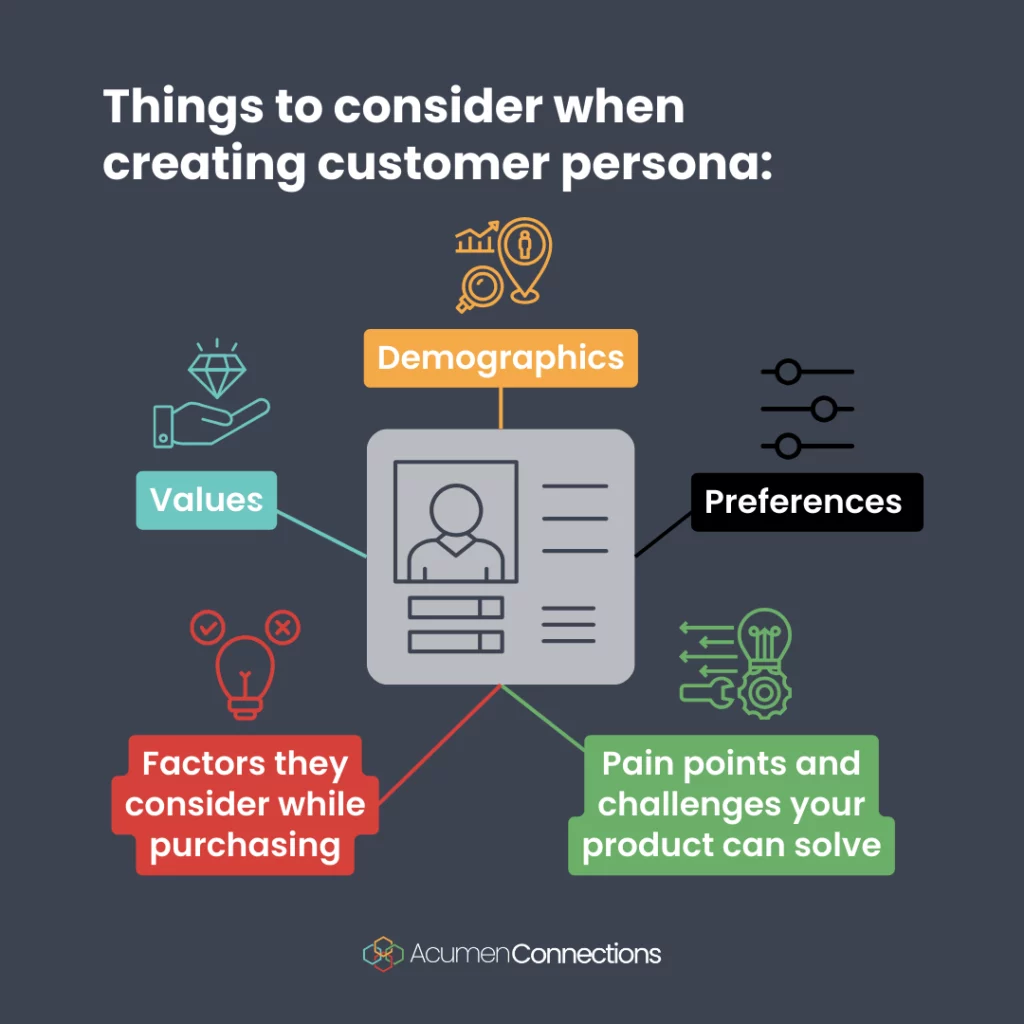
Once you have successfully created a customer persona, half of your work is done. After that, keep in mind the findings of your audience analysis. They will surely help you write compelling product descriptions and marketing copy.
6 Tips for Writing Product Descriptions
Now is where you begin the real work of writing your product descriptions. Writing a good product description is crucial for various reasons, as it can significantly impact your sales and customer satisfaction. Here are some key benefits:
- Improves SEO to bring more leads to your site
- Enhances customer understanding to increase sales
- Establishes brand identity and tone to differentiate yourself from the competitors
- Reduces customer queries by providing basic information
- Saves customer services’ time and resources
- Builds trust and provides a great opportunity to show social proof and reviews
- Allows for opportunities to cross-sell and upsell

But how do you write an effective product description that provides all these benefits?
Here are our 6 tried and true tips for writing product descriptions. We’ve included examples to help.
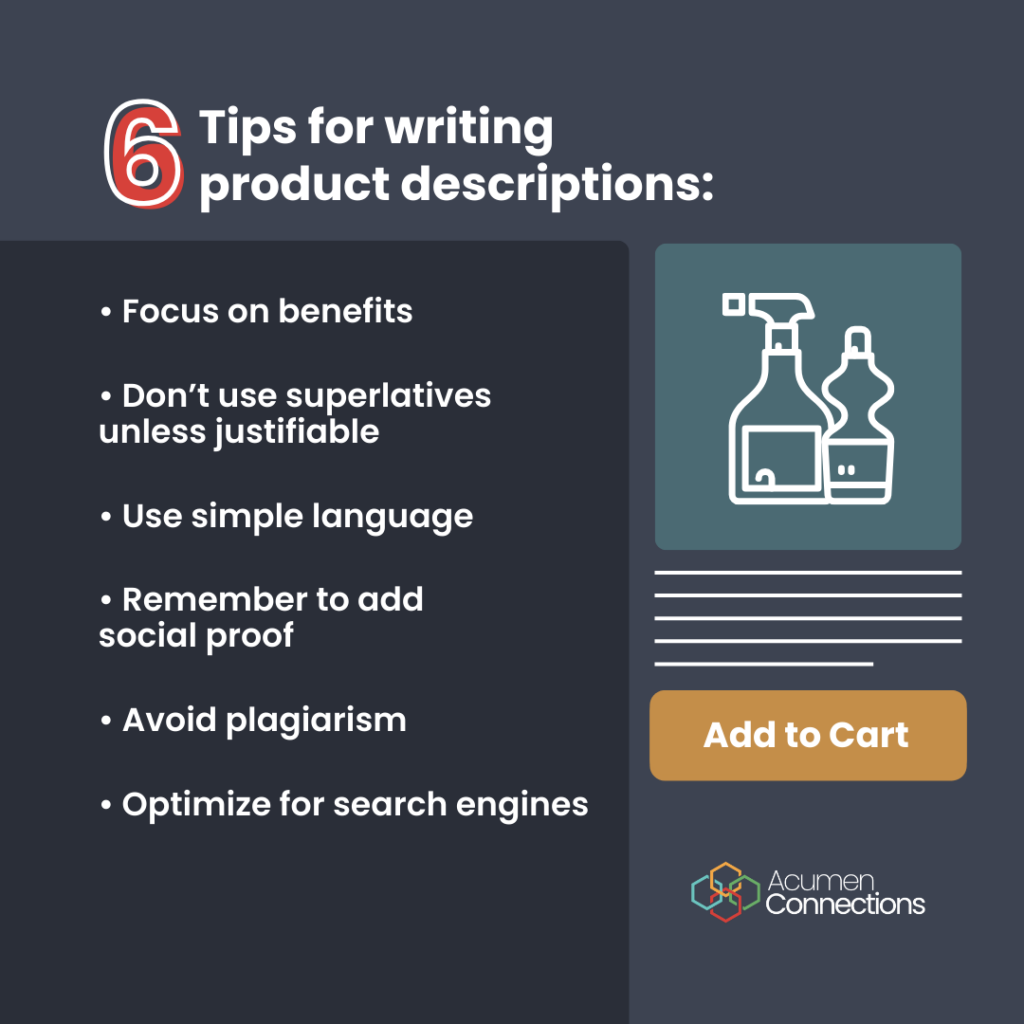
1. Focus on benefits
A product catalog may only highlight the features of the product. A product description can do more though. It should state the benefits people will get from the features of your product.
You must describe the benefits in a way that people can relate to easily. If you have customer reviews already, incorporate them into your product descriptions. This will build trust. It turns out that 49% of consumers trust reviews as much as they trust personal recommendations from friends and family. Don’t have customer reviews just yet? Write the description so readers see the clear benefits and feel like they are reading a customer’s review. This practice can boost consumers’ urge to purchase the product.
Highlighting the benefits of using a specific product always works. People have issues or needs that can be met by purchasing your product. You should address those pain points to grab people’s attention. Help them realize that your products can solve their problems. If you don’t talk about their pain points, they may not take an interest in anything you offer.
Let’s take a look at this example:

This lawn mower product description lists out benefits such as a 4-wheel steering, heavy duty all-purpose tires, forward and reverse foot pedals etc. To a buyer, these benefits could ultimately help make a purchasing decision.
2. Don’t use superlatives unless justifiable
Superlatives like “advanced,” “best,” or “easiest” have become cliches when selling something. In fact, when you use these words, even the customers know that your intent is to sell them something, instead of helping them. Therefore, avoid superlatives unless you can prove them. If you really must include superlatives, don’t say you’re the best. Instead, include a customer review that says you’re the best.
If you want potential customers to trust your words, tell them the truth and don’t exaggerate the benefits of your products. Although this practice can help you generate leads and conversions, it can backfire. Once people purchase your products and don’t find them as good as you claimed, they can give negative reviews on your website and other social networking platforms. This can ultimately hurt your whole company.
In sales, there’s a saying “under promise and overdeliver.” The idea is to give your customers an unexpected and incredible experience. The same practice can be used when writing a product description.
Take a look at this ring listed for sale with a product decription that says:

Notice that adjectives like exquisite, stunning, and captivating have been used but nowhere is the ring described using superlatives like “most exquisite” or the “best ring”.
3. Use simple language
Fancy words, jargon, and complicated terminology look good only in scientific and technical articles. Avoid using these when writing product descriptions. Your product description should be written with the general audience in mind. Afterall, 54% of adults read below a 6th-grade level. Focus on simple and easy-to-understand language.
Struggling to find the right word? You can use a sophisticated paraphrasing tool if you have trouble finding a simple alternative to a fancy word. These tools can be great writing partners. They can polish your content’s language, improve its structure, enhance its tone, and use better and more effective words to define certain things.
Take a look at this:
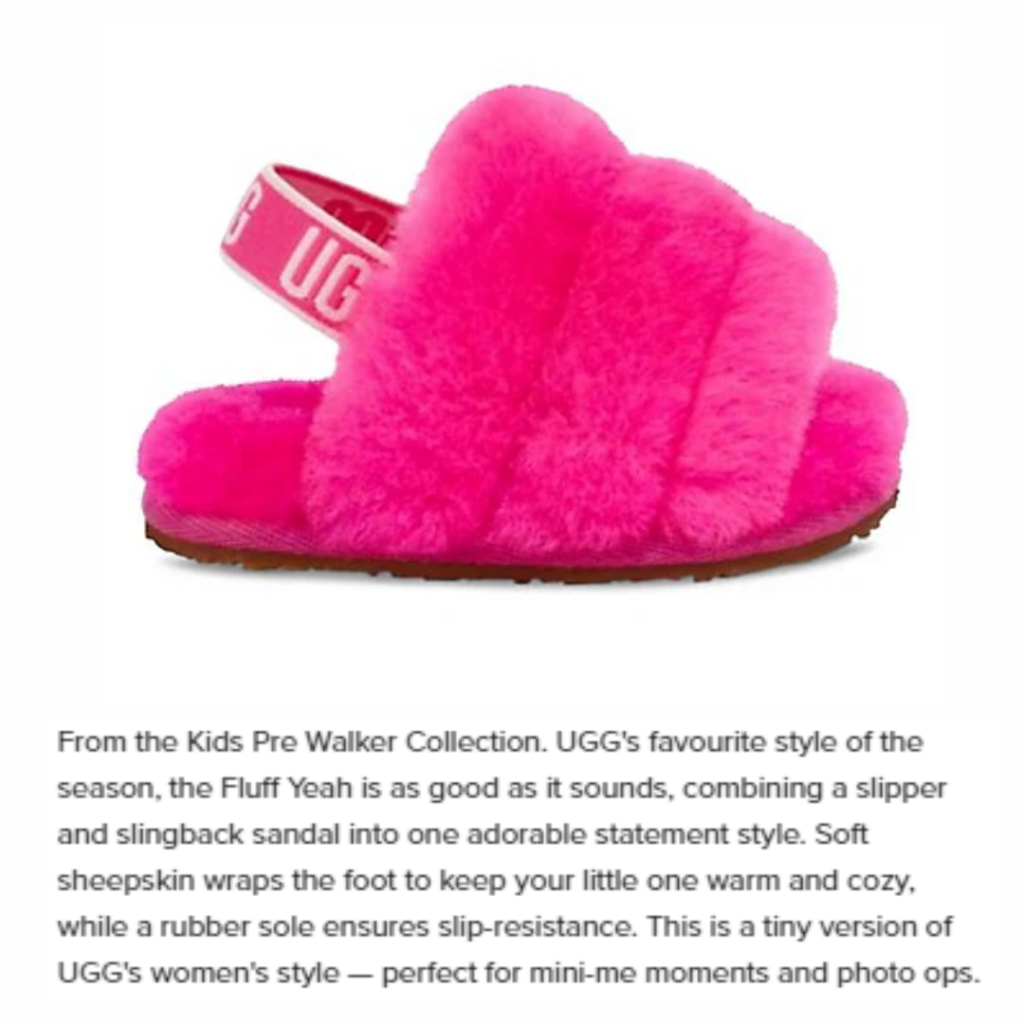
The product description is drafted using easy-to-understand language and vocabulary.
4. Don’t forget to add social proof
Trust is the most crucial factor in the online marketing and selling world. Customers will only buy something from you if you gain their trust. They won’t purchase anything from you if they don’t trust your brand or its products. To gain the trust of your potential customer base, include authentic reviews of your product. This practice will surely help encourage people to believe in your brand.
Apart from reviews, you can also add other forms of social proof, including media coverage, celebrity endorsements, expert opinions, infographics, case studies, and more.
All these things positively impact consumers, eventually helping you build trust and generate more sales.
For instance, this review has been obtained from our homepage:
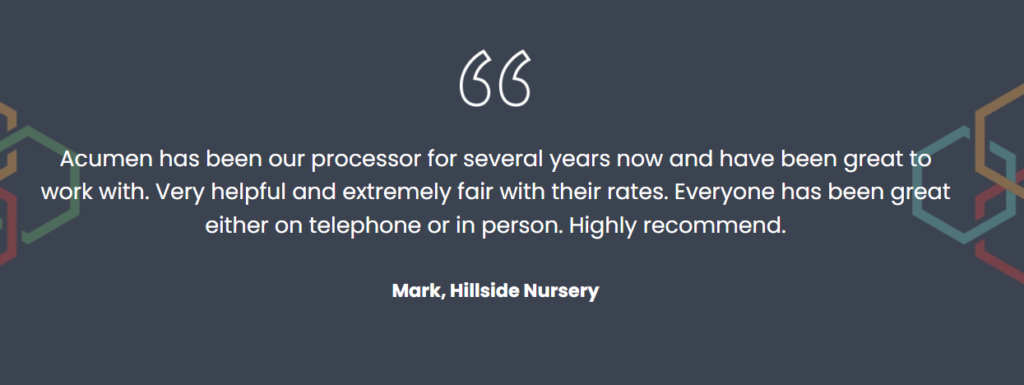
5. Avoid plagiarism
Whether you write marketing copy, blogs, or product descriptions, uniqueness always matters! When writing product descriptions, you can get ideas from your competitors, but no matter what, you must refrain from copying their ideas or words.
Copied product descriptions may fail to achieve anything from search engines. Plagiarism can ruin all your efforts, and search engines could de-rank your web pages. That means you won’t have the ability to be included in search results at all! Even worse, you could get in trouble with your competitor’s legal teams.
There are two ways of avoiding plagiarism. First, write everything yourself. Second, even if you have written everything yourself, remember to check the description for plagiarism. You can do that by using a sophisticated online plagiarism checker. Tools like these can track all copyright infringements in the text. It allows you to remove duplicate content and make your content entirely unique.
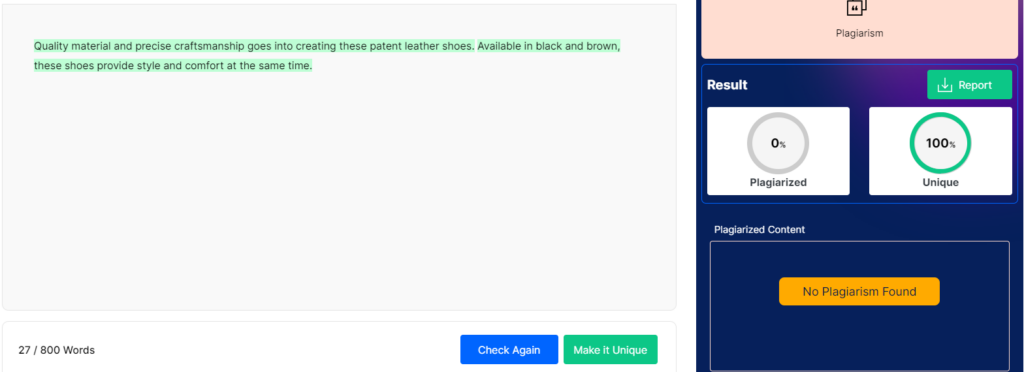
For example, we wrote an original description for a pair of shoes and ran it through a plagiarism detector and got the above results.
6. Optimize product descriptions for search engines
And lastly, remember to optimize your descriptions for search engines. To generate more organic leads from search engines, you should write product descriptions that fulfill search engines’ requirements. For that purpose, spend some time doing keyword research, find the proper set of keywords your customers are looking for, and include them in your copy.
This practice will help you indicate that your products are highly relevant to users’ queries.
To optimize your content for search engines, you must make your descriptions more engaging and scannable by adding multiple visuals, bullet points, and a few headings and subheadings. The more user-focused you make them, the better. Together, all these practices could help you improve the visibility of your descriptions and boost sales and conversions.

For example, we typed in “outdoor patio furniture” into the search engine. Walmart popped up as the first result. Of course, Walmart sells patio furniture among other things but we have verified using a Chrome extention that this page of Walmart’s website indeed uses “outdoor patio furniture” as a keyword.
Product description template
When writing a product description, you can use this product description template and steps to get started:
Product title: The name of your product keeping in mind your customers’ search terms
Headline: If you could only say one sentence to catch shoppers’ attention, what would it be?
Call to action: Give them something to click, a number to call, or another way to buy the product.
Description: Here’s where you’ll paint a picture of the item, bringing in mind great features of the product, or even explaining how it could meet a pain point. Examples:
- This [product name] would stand out at [an occasion]. Perfect for [person that would buy the item] when they want to feel [positive feeling]. Plus, the [great feature] does [benefit].
- This [product name] would make the perfect gift for [person that would use the item] this [upcoming holiday/occasion]. They’ll be sure to love [the product feature] for [benefit].
- [Pain point] can be difficult. That’s why I created [product]. It has [feature] [feature] and [feature] which come in handy for [benefit].
Long description: Describe the product as if the shopper couldn’t see a photo of it.
Photos: Add product photos
Customer review and social proof: Add a customer testimonial and link back to the source. Or add statistics that show how helpful your product is, or how many people face the pain point your product solves.
Call to action: Give them something to click, a number to call, or another way to buy the product.
Information you may choose to include depending on the product type:
- Dimensions and colors
- Materials/ingredients
- Customization options
- Urgency, scarcity, perks, or sales
- Instructions for care, use, or cleaning
- Shop policies
- What the customer can expect
Call to action: Give them something to click, a number to call, or another way to buy the product.
Final Words
Writing effective and profit-making product descriptions is more challenging than it seems. Your product descriptions must serve different purposes, including educating people about your products, building trust, and convincing people they need those products. A mistake can ruin those descriptions’ beauty and waste all marketing efforts. By reading this article though, you’ll be setting yourself, and your brand, up to write effective product descriptions that sell.
Now that you have effective product descriptions, is your online business ready to accept online payment? Contact Acumen Connections today for reliable merchant processing. From setting you up with an online payment gateway, to supplying merchants with the right mobile credit card reader and popular devices like the Ingenico Desk 3500, we’re here for your team. Get in touch with us today.
